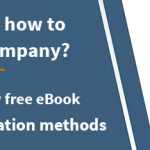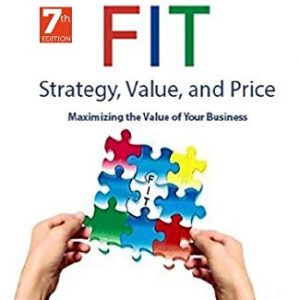Why protein substitutes became popular lately? Global consumers, nowadays, have an unprecedented concern about human health and environmental sustainability. This change in eating habits led to the emergence of movements like vegetarianism, veganism, and flexitarianism. Therefore, alternative source proteins became more appealing for customers, and also to entrepreneurs as it is an attractive market.
Excluding meat and dairy from the meal plan not only contributes to animal welfare. It also has several advantages for the health and environment. According to researchers, the consumption of red meat can be linked to digestive issues and heart illness. Due to these facts, the number of consumers eating plant-based is steadily growing. There are several companies already reacting to the change in the demand, offering different types of alternative proteins to the consumers, such as Nestlé and Sensient Natural Ingredients. Nevertheless, there are still countless attractive business opportunities for entrepreneurs in the expanding market.
How to substitute protein?
Meat: Using seitan (wheat gluten), mushrooms, rice, or soy-based products, such as tofu or tempeh, are popular meat substitutes. These products can replicate the taste, and also the texture of the meat.
Dairy: To substitute dairy, consumers can choose from a wide range of drinks made of rice, soya, almond, or coconut oil. Changing to these products facilitate leaving the milk-based product out from the diet permanently.
Eggs: Eliminating eggs from daily life does not mean stopping to bake. To replace eggs, it is possible to use tofu, tapioca starch, or fruits like mashed banana or applesauce.
Importance of plant-based alternatives
The segment of plant-based alternatives is expected to grow significantly in Europe and North America as well, which means an attractive opportunity for companies. Chilled meat substitute will remain the largest segment in value from the meat substitute categories, especially the subsegment of soy-based ready meals is going to expand.
The average prices of the segments slightly increased across the categories in the past, but it is forecasted to stabilize as the industry matures.
Key Drivers of Alternative Source Proteins
1. Price
Several customers choose to reduce meat consumption in order to save money, as the price of red meat is growing. The prices of alternative source proteins are also in the upper range; however, it is expected to decrease as the industry matures. In addition, the prices of the substitutes are still lower than red meat, and it is one of the main reasons for excluding meat from the diet.
2. Environment
Food production accounts for approximately 26% of the global greenhouse gas emissions, and its primary sources are livestock, fisheries, crop production, land use, and supply chains. Therefore, by using low-carbon alternatives, customers can contribute to reducing emissions of food production, which makes alternative protein sources more attractive.
3. Growing population and urbanization
The continuously growing population presents challenges for sustainable development. As the world continues to urbanize, the successful management of urban growth is highly important for lower-middle income countries. These nations will have to provide proper nutrition for the growing population. Producing new types of feed, such as plant-based food, a protein, can be the solution for their concern.
4. Alternative food price per Kg in Europe
The prices of meat alternatives differ between countries, while it is the highest on average in Italy, prices are lower in England and Germany. The retail landscape and consumer habits drive the variance in price mainly. Therefore, customers pay less in countries where the behavior is price-driven.
Who are the key players, and which were the best deals of this attractive market? If you want to know the answers to these questions and more, download our report.
Find out which other attractive market can be exciting for investors!























